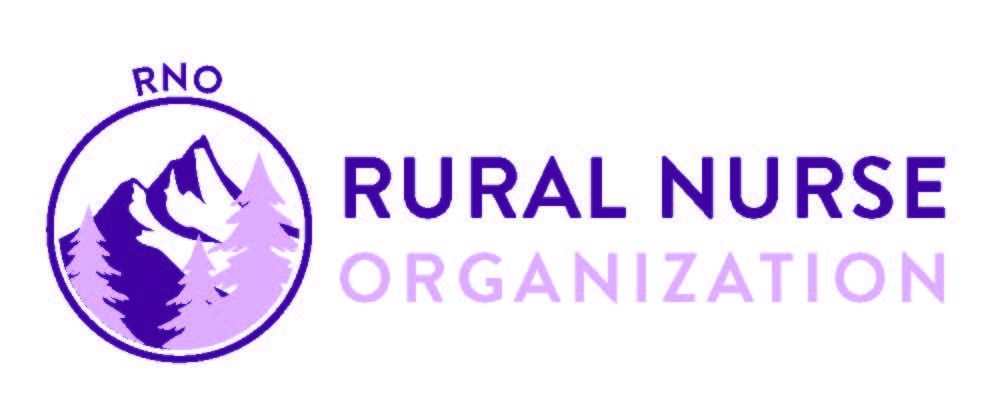 | rural nurse organization |
Rural News for Nurses BlogDear RNO Members: We value your expertise! We invite you to contribute to our peer-reviewed monthly Rural News for Nurses Blog. If you would like to contribute content, please email your submission to RNO. RNO may edit your submission slightly, so it flows with other content we add to these monthly posts. Of course, we will give you recognition for your contribution. Again, thank you for contributing your expertise to the Rural News for Nurses Blog. Please view the RNO Rural News for Nurses Blog Categories for a list of content that has been or will soon be published. Guidelines for the RNO Blog:
|